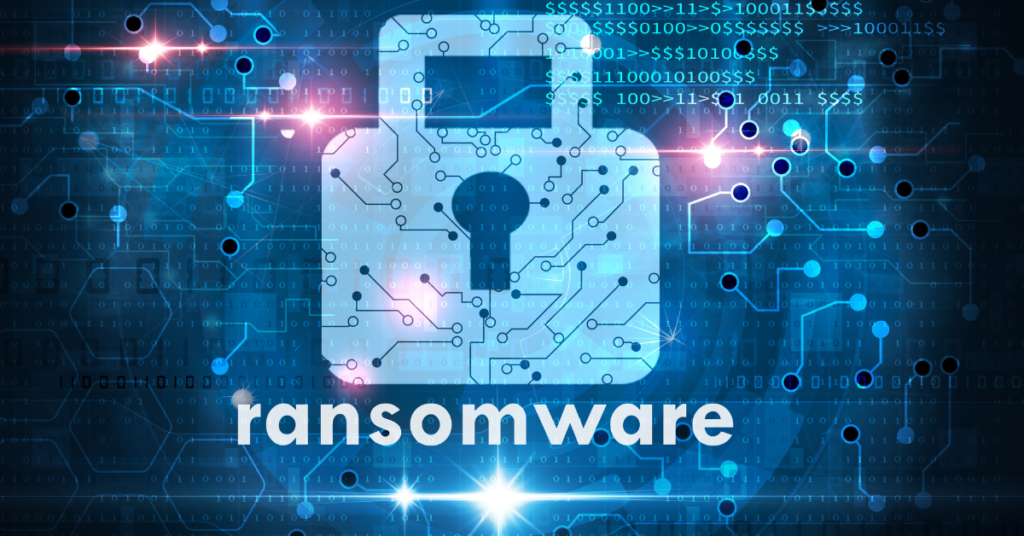
How To Prevent Ransomware Attacks?
Reading Time: 2 minutesRansomware is a malware designed to deny a user or organization access to files on their computer. By encrypting these files and demanding a ransom payment for the decryption key, cyberattackers place organizations in a position where paying the ransom is the easiest and cheapest way to regain access to their files.
Preventing ransomware attacks requires a combination of proactive measures and best practices. Here are some steps you can take to help protect yourself and your systems from ransomware attacks:
- Keep your software up to date: Regularly update your operating system, antivirus software, and other applications. Software updates often include security patches that address vulnerabilities that can be exploited by ransomware.
- Use reputable security software: Install and maintain reputable antivirus or anti-malware software on all your devices. Keep it updated to ensure it can detect and block the latest threats.
- Enable automatic backups: Regularly back up your important files and data to an external hard drive, cloud storage, or other secure locations. Ensure that the backups are not continuously connected to your network to avoid them being compromised as well.
- Be cautious with email attachments and links: Avoid opening email attachments or clicking on links from unknown or suspicious sources. Be especially wary of emails that seem unexpected, contain unusual content, or come from unrecognized senders.
- Use strong, unique passwords: Create strong and unique passwords for your online accounts and avoid using the same password across multiple platforms. Consider using a password manager to securely generate and store your passwords.
- Enable two-factor authentication (2FA): Enable 2FA whenever possible. This adds an extra layer of security by requiring a second form of verification, such as a code sent to your mobile device, in addition to your password.
- Exercise caution when downloading software: Only download software from trusted sources. Be cautious of downloading pirated or unofficial software, as they may contain malware.
- Educate yourself and your team: Stay informed about the latest ransomware threats and techniques. Regularly educate yourself and your employees about safe online practices, phishing attacks, and how to recognize and avoid potential threats.
- Disable macros in office files: Ransomware often spreads through malicious macros embedded in Microsoft Office files. By disabling macros by default, you can reduce the risk of infection.
- Implement network security measures: Use firewalls, intrusion detection systems, and other security measures to protect your network from unauthorized access. Segment your network to limit the impact of a potential breach.
- Regularly test and update your incident response plan: Develop an incident response plan that outlines the steps to take in the event of a ransomware attack. Regularly review and update the plan and conduct drills to ensure everyone knows their role and responsibilities.
- Be skeptical and verify: If you receive an unexpected request for sensitive information or a suspicious email, independently verify the request through another channel before taking any action.
Remember, preventing ransomware attacks is an ongoing effort, and it requires a combination of technical measures, user awareness, and regular backups. Stay vigilant, keep your systems updated, and follow security best practices to minimize the risk of ransomware infections.